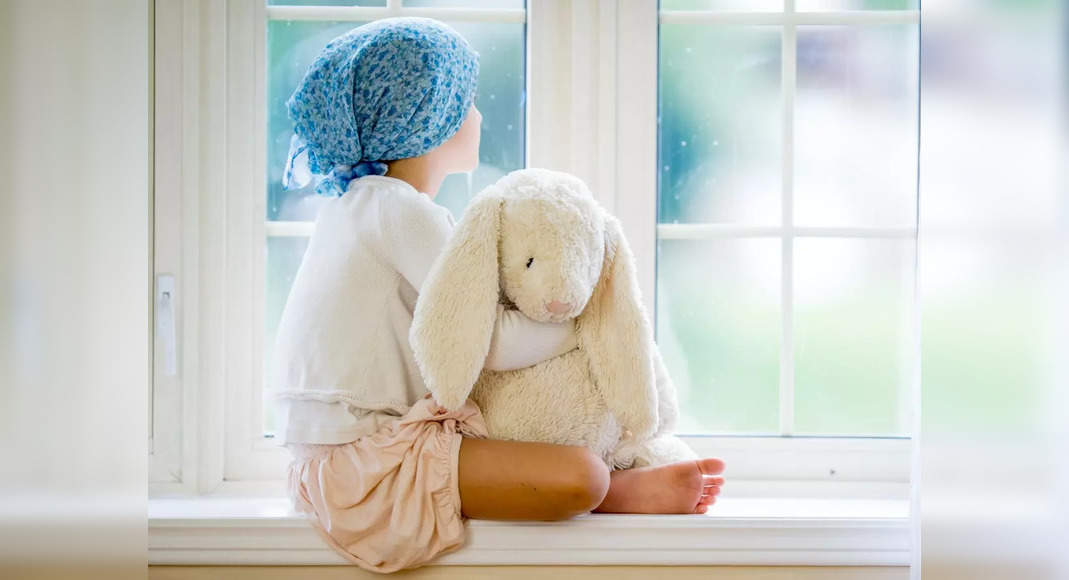The glorious historyAges ago, the Zoroastrians from Iran had given the assurance that they were capable of blending in with Gujarat’s culture, food, and customs, citing the legendary example of sugar dissolving in milk.
To date, they
have kept their promise with the utmost display of socio-religious rights, language, and heritage too, including the adoption of the local dressing styles such as wearing a sari just the way a local Gujarati woman drapes
it.
During the late 19th and early 20th century, Parsi men started the Sino- India trade with China, and during the trade sojourns, they discovered a beautiful silk fabric called gaaj or paak.
So exquisite was its beauty, that they ended up buying yards of it to please their wives.
Wealthy Parsi women wanted to draw parallels with British women who favoured Chinese embroidered textile for their sophisticated appearance and upper-class routines.
Hence, Parsi women too started decorating their clothes, elaborating the embroidery of beautiful nature-based elements like flowers, birds, roosters, and such, incorporating them in motifs along with figures of men, women, dragons (a Parsi culture influence), and pagodas (a Chinese influence).
While the extent of this embroidery varied, a minimum size of 3.5 inches along the border of the sari was to be adhered to.
The embroidery designs and patterns reflected an amalgamation of the cultures of Iranians and Hindus.
And then, “gara” was born, traditionally resembling the richness of Gujarati as well as Parsi attire with regal colours and silken threads, impeccably creating magical borders around the sari.
Entering the 20 th centuryTowards the middle of the 20th century, the Sino-India trade dwindled out, but the popularity of these borders and their different varieties remained constant.
To keep up with the demand, Indian craftsmen
started producing zardosi borders in gold and silver.
They added these to Parsi-style embroidered borders, transferring them onto the “kor” sari.
European and British mills also made their contribution with English
designs and patterns, reinforcing their social acceptance in the anglophile Parsi society.
They favoured the wealthy Parsi women of Bombay as a mark of distinction, separate from socially lower-ranking Parsis belonging
to other parts of Gujarat, basically out of the Bombay Presidency.
These high-end embroidered borders were mainly worn by wives of wealthy merchants, and they were well-known in exclusive and broadly defined categories of various designs such as Chinese motifs of peonies, cherry blossom trees, Chinese ladies in leisure, acanthus leaves, pebbled pathways, and pretty clouds.
There was also European influence including motifs of swans or ducks, lily pads, reeds on ponds, running water, patterns of pineapples, baskets, etc.
Lace borders were further used, whether machine-made or handmade, with silver beads, threads, and sequins in the form of superimposed flowers as fillers.
The aesthetic and practical side of it
There are basically two techniques in which the borders were worn – one was as an add-on to the existing plain or jacquard sari, and the other way was using the embroidered border as an extension of the embroidery of the gara sari.
Borders on saris were usually made for enhancing dual purposes: they undeniably elevated the decorative element of the saris and made it more attractive by separating the line of borders on the top, secondly, the laden borders also held the light fabric down from riding up the wearer’s leg.
The latter used to be the main concern, especially with Chinese silk and French chiffons being extremely light fabrics.
Saris created just out of those fabrics could cause embarrassment to the wearer if they didn’t have anything weighing them down – this was made
possible by these borders.
Although the sari was an attire adopted by Parsis from India, their women didn’t prefer to expose their midriffs in the manner of their other Indian counterparts.
They preferred wearing saris with rich borders and long blouses with ruffled sleeves.
The hems of their blouses were also weighed down by borders including pieces of lead, just so they would not ride up above the sari’s waistband.
So, in these many ways, borders held saris and the blouses down in place, requirements that fulfilled the principles of modesty of that time.
Interestingly, therefore, the embroidered borders had a functional purpose in saris’ evolution created by the cultured, refined, and polished Parsi community, far away from superficial ornamental elements of any
attire.
These embellished borders have been this community’s symbol for centuries, signifying oriental Persian hand-embroidery techniques, craftsmanship, and intricacies of traditional heirlooms.
The thumbnail image is from Ashdeen.







